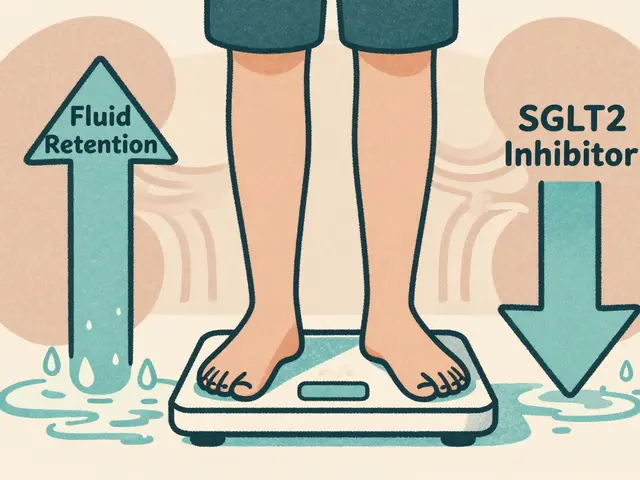Asthma relief inhalers: which one works for you?
Overusing the blue reliever inhaler is linked to more emergency visits — so choosing the right inhaler matters. This guide helps you spot fast-relief options, daily controllers, and how to use them correctly.
First, know the two main types. Reliever inhalers (short-acting bronchodilators) open airways fast when you wheeze or feel tight. Common example: salbutamol — often called the “blue” inhaler. Controller inhalers (preventers) reduce inflammation and lower flare-up risk. These contain steroids like budesonide or fluticasone, or combinations with long-acting bronchodilators such as formoterol.
How to pick an inhaler
Talk to your doctor about symptoms, daily routine, and hand strength. If you need quick relief during sudden attacks, a small pressurized metered-dose inhaler (MDI) with a spacer is easy and reliable. If you prefer breath-activated devices and can inhale strongly, dry powder inhalers (DPI) might fit. Soft mist inhalers suit people who find coordination hard — they give a slow fine spray that’s easier to inhale.
Also consider life factors: traveling a lot? Pick a compact device. On a tight budget? Ask about generic versions. Have kids or elderly family members? Spacers and mask attachments make MDIs much simpler to use and more effective for children.
Use it right — quick technique tips
Proper technique beats any device. For an MDI: shake the canister, breathe out, push once while breathing in slowly, then hold your breath for about 10 seconds. Use a spacer when possible — it splits the spray so more medicine reaches lungs. For DPIs: breathe out away from the mouthpiece, then take a fast, deep breath in to pull powder into your lungs. If you use a steroid inhaler, rinse your mouth and spit after each dose to reduce thrush risk.
Watch for warning signs. Needing your reliever more than twice a week or waking at night with symptoms usually means asthma isn’t controlled. Overreliance on short-acting inhalers raises complication risks. Tell your clinician if your blue inhaler use is climbing; you may need a stronger controller or a different treatment plan.
Common side effects are mild: shakes or fast heartbeat from beta-agonists, and throat irritation or oral thrush from inhaled steroids. If you notice persistent side effects, ask your prescriber about dose changes, spacers, or alternative inhalers like combination ICS/LABA devices that can reduce reliever use.
Buying inhalers: always get a prescription and use licensed pharmacies. If you order online, check pharmacy credentials, prescription requirements, and return policies. Store inhalers at room temperature away from direct heat and check expiry dates.
Want a quick checklist? Know your inhaler type, practice technique with your nurse, use spacers for MDIs, rinse after steroid doses, track reliever use, and see your doctor if control slips. Small changes in device or routine often make a big difference.
Ask for a written asthma action plan and regular reviews. A check every 3–12 months lets your team adjust meds, change devices, and teach technique. Good follow-up cuts flare-ups and saves hospital trips — ask about spacers too and replacements.










